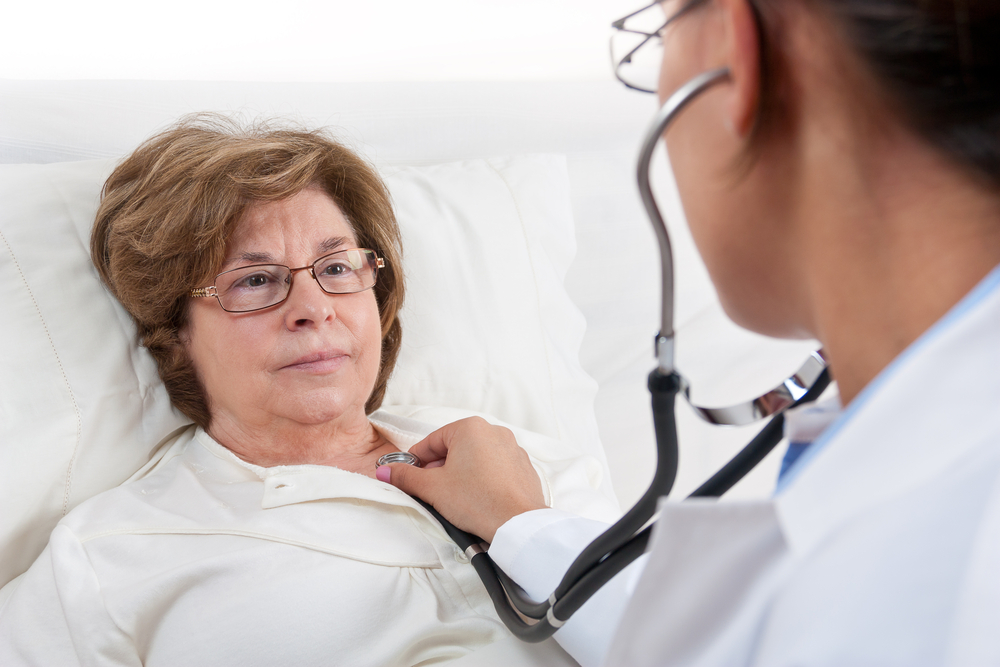Comprehensive Overview of Amyotrophic Lateral Sclerosis (ALS): Causes, Symptoms, and Management
This comprehensive article provides an in-depth understanding of Amyotrophic Lateral Sclerosis (ALS), covering its causes, symptoms, diagnosis, and current management strategies. It emphasizes early detection and highlights ongoing research efforts aimed at discovering better treatments. Recognizing the disease's progression and intervention options can significantly improve patient care and quality of life. Ideal for healthcare professionals, patients, and caregivers seeking detailed insights into ALS, this guide offers valuable information to navigate this complex neurological disorder effectively.

Comprehensive Overview of Amyotrophic Lateral Sclerosis (ALS): Causes, Symptoms, and Management
Amyotrophic Lateral Sclerosis (ALS), widely recognized as Lou Gehrig’s disease, is a devastating neurodegenerative disorder that affects nerve cells responsible for voluntary muscle movements. This complex disease progressively leads to muscle weakness, paralysis, and eventually impacts essential functions such as speaking, swallowing, and breathing. ALS is a challenging condition characterized by its rapid progression and severe impact on quality of life, prompting ongoing research into its causes, symptoms, and potential treatments. Understanding ALS is crucial for early detection and management, which can significantly influence patient outcomes.
ALS was first described in the medical literature by French neurologist Jean-Martin Charcot in 1869. The disease gained broader recognition in the 1930s when renowned baseball player Lou Gehrig was diagnosed, bringing public awareness to this otherwise obscure condition. The disease primarily targets motor neurons — specialized nerve cells that communicate signals from the brain and spinal cord to muscles, enabling movements such as walking, speaking, and breathing. When these neurons degenerate or die, the body's ability to control muscle movements deteriorates, leading to progressive paralysis.
The progression of ALS varies among individuals, but in most cases, symptoms gradually worsen over months or years. Early diagnosis is vital to improve quality of life through symptom management, even though no cure currently exists. Recognizing early signs can allow timely intervention to slow disease progression and maintain independence for as long as possible. This makes understanding the typical symptoms and diagnostic procedures essential for healthcare professionals and patients alike.
Key Symptoms and Early Signs of ALS:
Initial symptoms often include muscle weakness, stiffness, cramping, and twitches, particularly in the limbs or speech muscles.
As the disease advances, individuals may experience difficulty walking, maintaining balance, or performing routine activities like lifting objects or buttoning shirts.
Speech becomes slurred or nasal, and swallowing difficulties (dysphagia) may develop, increasing the risk of choking and nutritional deficiencies.
Breathing becomes increasingly impaired as the muscles involved in respiration weaken, requiring interventions like ventilatory support.
Some patients also experience muscle cramps, fasciculations (muscle twitching), and a noticeable decline in mobility and coordination.
When symptoms become severe, individuals may lose the ability to speak, eat, or breathe without assistance.
Understanding the nature of ALS's progression emphasizes the importance of early diagnosis. Once symptoms become persistent and significantly interfere with daily life, medical intervention is necessary to provide supportive care and explore potential treatments that may slow disease progression.
Mechanisms Behind ALS and Its Impact on the Body:
ALS primarily damages the motor neurons within the brain (upper motor neurons) and spinal cord (lower motor neurons). These neurons are essential for transmitting nerve signals that tell muscles to contract and move. When these neurons deteriorate, the communication pathway breaks down, leading to muscle weakness, atrophy, and paralysis. The degeneration of motor neurons affects various parts of the body over time, and the pattern of progression can influence which systems are impacted first.
For example, some patients may initially experience limb weakness, while others may notice difficulties with speech or swallowing. This variability underscores the importance of personalized diagnosis and management plans.
Assessing and Diagnosing ALS:
Because ALS symptoms can mimic other neurological or muscular disorders, a multifaceted diagnostic approach is essential for accurate identification.
Initial evaluation usually involves a thorough neurological examination assessing muscle strength, reflexes, coordination, and sensory response.
Electromyography (EMG) and Nerve Conduction Studies (NCS) are critical tests that measure electrical activity in muscles and assess nerve function, helping distinguish ALS from other conditions.
Muscle biopsies may be performed to rule out other neuromuscular diseases and confirm muscle degeneration specific to ALS.
Magnetic Resonance Imaging (MRI) scans are used to exclude other causes such as tumors or multiple sclerosis that may present with similar symptoms.
Genetic testing can be valuable, especially for individuals with a family history of ALS, as certain gene mutations are known to contribute to hereditary cases.
Blood and urine tests are also conducted to identify other metabolic or inflammatory conditions that might cause neurological symptoms.
Current Treatments and Supportive Care:
While there is no cure for ALS, several therapeutic options aim to alleviate symptoms and improve quality of life. The primary medication approved for ALS is riluzole, which modestly extends survival by slowing the progression of motor neuron degeneration. Another drug, edaravone, has been shown to slow functional decline in some patients.
Beyond pharmacological treatments, multidisciplinary care is crucial. This includes physical therapy to maintain muscle strength and flexibility, occupational therapy to assist with daily activities, speech therapy for communication and swallowing difficulties, nutritional counseling to prevent weight loss, and respiratory support such as ventilators when breathing becomes compromised.
Support groups and counselling services also play an important role, helping patients and families cope emotionally with the challenges of living with ALS.
Ongoing research continues to explore new potential therapies, including gene therapy, stem cell treatments, and advances in neuroprotective drugs. Despite the complexity of ALS, increased awareness and research efforts aim to develop more effective treatments and, ultimately, find a cure.





